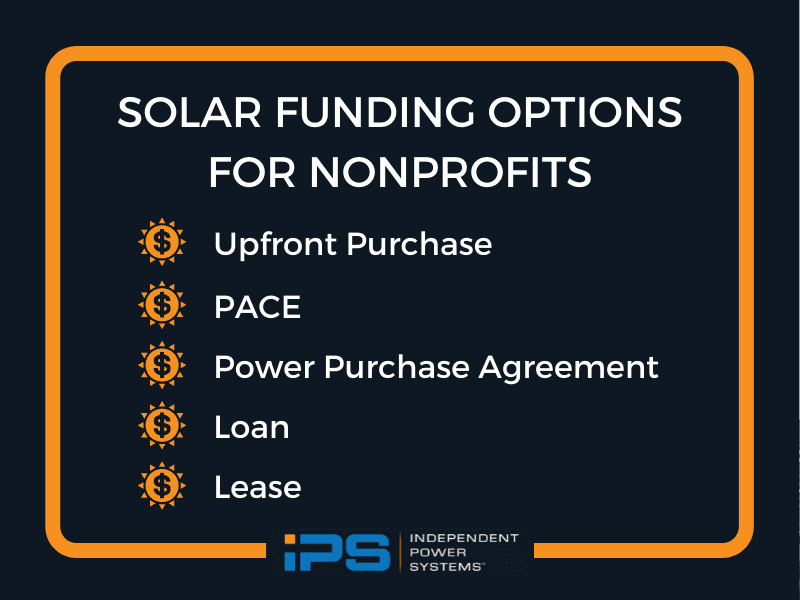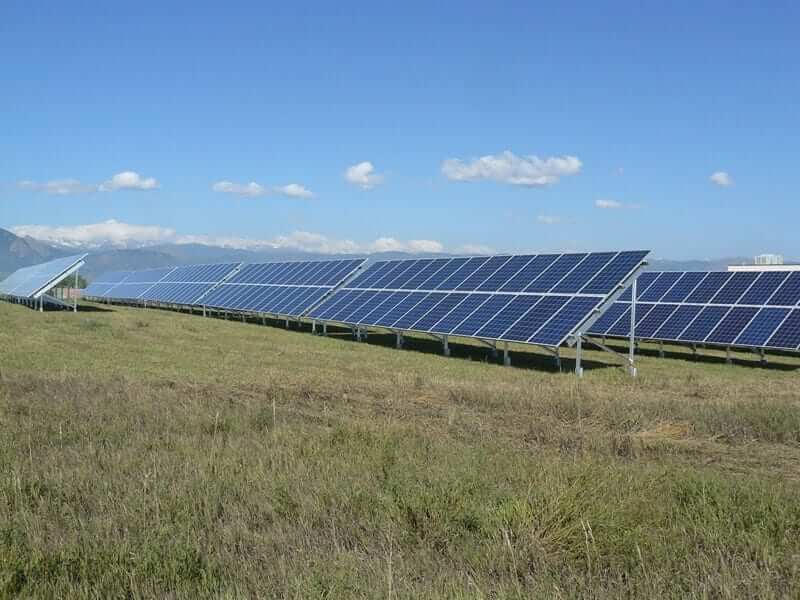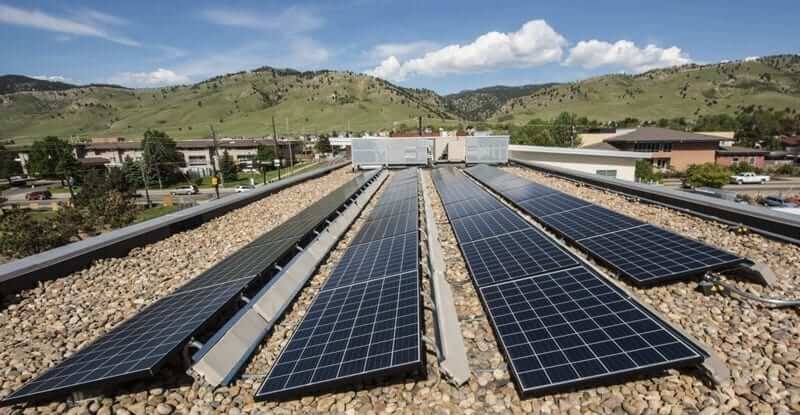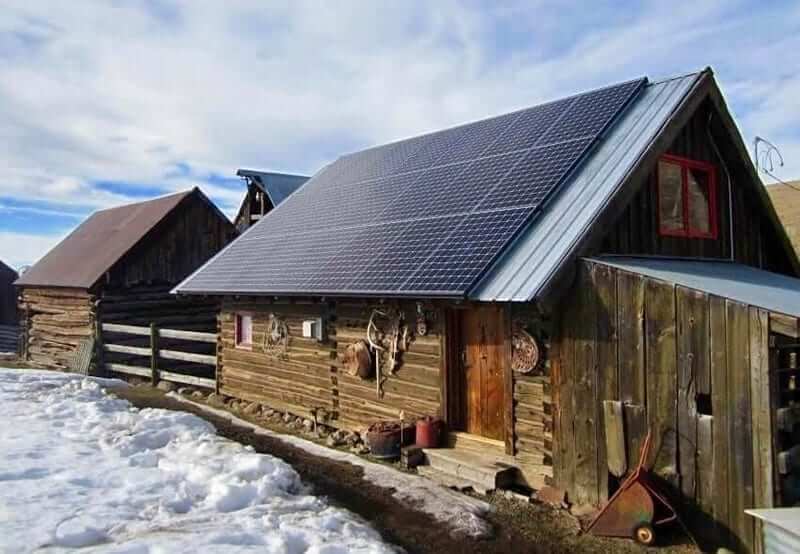How to Fund Your Solar Project as a Nonprofit
There are roughly 1.5 million nonprofit organizations in the United States. These organizations offer invaluable services and products to their communities, often at a reduced cost or no cost at all. To achieve this, nonprofits generally operate fairly lean and are always looking for new ways to save money and reduce operating costs.
One expense that may get overlooked, but can be a significant portion of an operational budget is electricity. Installing a solar power system on your building or property is an effective and popular way to lower electricity costs. By generating its own power, a nonprofit will spend less on electricity each month, improve its bottom line, and free up more resources to support its mission. Unfortunately, the cost to install solar can be fairly prohibitive to nonprofits despite the many benefits of adding a clean, renewable energy system to an organization’s assets.
Thankfully specialized financing options have developed over recent years, complemented by falling equipment costs, which make it easier than ever for nonprofits to enjoy the same clean energy benefits available to home and business owners.
WHY IS IT HARDER FOR A NONPROFIT TO INVEST IN A SOLAR SYSTEM?
One of the biggest benefits of having a not-for-profit structure is the exemptions from taxes. While nonprofits are still required to withhold payroll taxes for employees, most are exempt from both state and local sales and property taxes. All are exempt from federal corporate income taxes.
Unfortunately, that makes going solar as a nonprofit more challenging because many of the incentives are based on tax liabilities. This includes the most generous solar incentive today—the federal Investment Tax Credit (ITC)— which only applies to individuals and organizations with a taxable income.
More specifically, the ITC allows eligible parties to claim a tax credit on the following year’s tax filing equal to 26% of the total cost of both the materials—such as solar panels, wiring, racking, etc.— and the cost of the installation crew assembling the array. So a nonprofit building a $600,000 system would miss out on tax credit worth $156,000 the following year (assuming they had that much tax burden to offset). After the first year, the total out-of-pocket cost could have been only $444,000, not including additional incentives like MACRS depreciation and the energy cost savings themselves, which further help to offset initial costs.
The inability of nonprofits to readily utilize the ITC has historically limited solar development in the nonprofit world, but the times are changing. So, let’s explore the various ways a nonprofit can pay for solar.
WHAT ARE THE WAYS THAT NONPROFITS CAN PAY FOR THEIR SOLAR SYSTEM?
An upfront purchase is, of course, the most straightforward option, but it requires sufficient capital. If an organization has an endowment, for instance, it is possible the net electricity savings from a solar power system offers a higher return rate than the fund currently makes. In that case, a nonprofit could pay for a solar power system from the principal and payback the fund over an extended period.
A direct cash purchase may also be possible with the help of grants or creative fundraising. Check out the Database of State Incentives for Renewables & Efficiency (DSIRE) for local grant opportunities.

If the nonprofit has a large donor base, then a solar targeted fundraising campaign such as the “Sponsor a Panel” program can be very useful. Community support for solar energy is currently at an all-time high, which will give the organization a great rallying cry when asking for a donation.
Be sure to remind donors that their donations are fully tax-deductible. Even if the group is not able to raise the full amount for the solar system, having a higher down payment could make banks more likely to lend the remainder of the total cost.
Another route to purchase a system outright is a split-interest gift, which requires a donor to give an asset (such as stock) to the nonprofit with a value equal to the cost of the solar power system. The nonprofit then sells the asset, purchases its solar system, and eventually returns the “gift” to the donor when the electricity savings accumulate to equal the initial value of the asset.
Loans can be harder to obtain for a nonprofit as third-party lenders can be wary of organizations that rely heavily on donations as their primary source of income. The most common means of securing financing is to look for funding from a specialty nonprofit lender. These financial institutions are the most familiar with the way a nonprofit operates and will instruct the group on the exact requirements that need to be met in order to secure a loan.
You can also lease a solar power system, just like you would a vehicle or any other expensive piece of equipment. However, using a lease will not allow the nonprofit to benefit from the federal ITC.
The Property Assessed Clean Energy (PACE) loan is another financing route. The PACE program allows nonprofits who own their property to finance the upfront cost of energy improvement projects, such as solar power systems. The nonprofit repays their improvement costs over 10 to 20 years as an addition to the property tax bills.
These are some of the most popular ways that a nonprofit may be able to get the all-important capital to build its dream solar array. However, none of these options will allow the nonprofit to take advantage of savings from the federal Investment Tax Credit. Let’s explore how that credit can be accessed using a third-party owner.

HOW COULD A THIRD-PARTY OWNER HELP A NONPROFIT TO REACH THEIR ENERGY GOALS THROUGH SOLAR?
The most common way for a third party to help a nonprofit reach its energy goals is through a power purchase agreement (PPA). A PPA involves one party, usually an investor or developer, who wants to own and operate a solar system on the roof or adjacent land to a nonprofit organization. The second party, the nonprofit group, is known as the off-taker. The off-taker then signs a contract with the owner of the solar system that says they agree to purchase all of the output from the solar array at a predetermined price ($/kWh).
The term that this PPA lasts is entirely up to the two parties involved, but they typically last anywhere from 15 to 25 years. This way, because the owners of the system are a for-profit business, they are fully capable of taking the generated tax credits. Then, because of this price reduction, the developer or eventual owner of the solar system can pass these savings on to the nonprofit organization.
This scenario usually allows the nonprofit to save anywhere from 10-20% on their electric bill without having to pay anything out of pocket for installation costs. Once the PPA term ends, there is usually an option written into the contract that would allow the off-taker (the nonprofit) to purchase the system for a fair market value once the tax credit has been fully recovered. Because solar systems are now rated for greater than 30 years, there still may be more than a decade of useful life on the solar system when it goes up for sale. This scenario allows the off-taker to purchase the system at a significantly reduced price even after receiving all of the benefits of lower energy bills for the first 15 to 25 years.
Not every state or utility allows power purchase agreements, so it is essential first to check the local regulations.

THIRD-PARTY OWNER SPOTLIGHT: COLLECTIVESUN
A third-party owner can be an investor, developer, or even an entity made up of community members who want to own and operate the solar power system. There are now also companies that exclusively help nonprofits fund solar projects through a third-party structure. CollectiveSun is one such company that has developed a unique PPA program called a Solar Power Agreement (SPA) that it has used to fund solar projects nationwide.
The SPA is a performance-based lease with a deposit feature, meaning a nonprofit looking to go solar would be leasing the equipment from CollectiveSun, but the monthly lease payment would be deducted from the deposit and variable based on the performance of the system.
As a for-profit company, CollectiveSun takes advantage of the federal Investment Tax Credit and passes part of those savings on to the nonprofit. The remaining cost of the installed system (the “deposit”) can be raised by the nonprofit using one or a combination of other financing methods such as loans, donations, or PACE.
CollectiveSun also offers a CrowdLending service, which facilitates raising a direct loan from the supporters of the nonprofit to pay for the remaining solar costs. CrowdLending supporters get their money back with interest, usually at a 0-8% interest rate. After six years of ownership, the solar system transfers to the nonprofit, which has already essentially received a solar power system with a 15% off coupon.
As an example, the global energy nonprofit Rocky Mountain Institute (RMI) used CollectiveSun to finance a solar project for a new 15,000 ft2 office building. They took advantage of CollectiveSun’s expertise in crowd-sourcing to fund the remaining system cost. RMI was also able to invest the tax credit savings back into the solar system itself.
Companies like CollectiveSun are one of the reasons that solar for nonprofits is reaching new highs of accessibility and affordability.
WHAT IS COMMUNITY SOLAR, AND HOW CAN IT BENEFIT NONPROFITS?
Nonprofit solar does not have to entail a solar system physically located on the rooftop of a building or adjacent land. In some states, community solar programs allow nonprofit organization to buy into a much larger, off-site solar system to meet their full energy needs. This energy usually comes at a discount of their current price per kilowatt-hour (kWh), which can easily be compared by looking at past electricity bills.
The most significant benefit of this type of renewable energy program is that the physical solar system does not have to be located near the nonprofit organization. In fact, the arrays used for community solar are usually many miles away from the purchasing entity, which is ultimately credited with the power and energy generated by their portion of the system (the number of panels they buy into).
Solar for nonprofits can take many forms, so it is imperative to explore all the available options. Before pursuing community solar for your nonprofit group, please note that community solar is not currently allowed in all states. To check the status of community solar programs in your state, contact your local utility for more information.
Have additional questions about taking your nonprofit solar? Contact one of our experienced Solar Specialists today!


